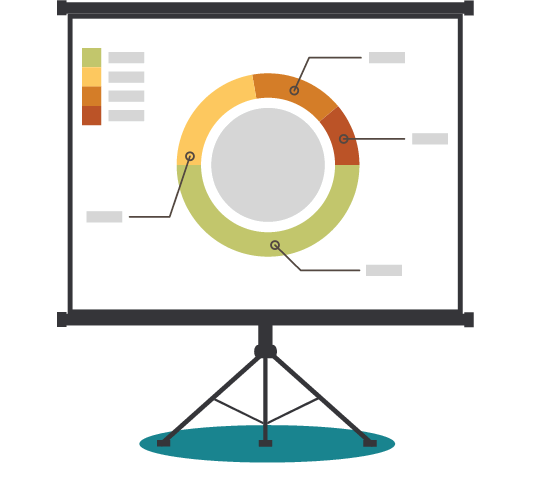NICE is currently consulting with stakeholders on how to include a broader definition of value incorporating both Burden of Illness and Wider Societal Benefits in its assessments of pharmaceuticals.
Until now, the primary systematic criterion for NICE assessment of value has been the gain in Quality Adjusted Life Years (QALYs). The QALY range (“threshold”) was indicatively set at ВЈ20,000-ВЈ30,000 per QALY, although this could be adjusted informally with judgement on other aspects and explicitly (upwards) in the case of technologies at the end of life (less than 24 months to live on current treatment). Current flexibility for life extending treatment at the end of life takes the cost per QALY to £50,000.
NICE is proposing that the end of life weighting will be replaced by a burden of illness weighting. In addition, NICE plans to consider the wider impact of a disease on people’s ability to be part of society, the “wider societal impact”. The principal reason for incorporating wider societal impact into a technology appraisal for a drug is to provide a mechanism for the Appraisal Committees to consider a wider range of potential benefits of new technologies and, in doing so, to give preference to technologies developed for conditions that have the potential to restore the ability of individuals to contribute to society.
This will be calculated as an absolute shortfall in QALYs.
NICE explicitly rejects using such factors as social circumstance, employment, earnings (“wider societal benefits”) because these imply taking account of factors which it considers to be unacceptable in terms of social equity. NICE will not use the age (or gender or other characteristics “protected” under equalities legislation) of people with particular conditions as the basis for deciding whether or not the NHS should offer new treatments.
These two new value elements (“modifiers”) – burden of illness and wider societal impact – will be added to the existing set that an Appraisal Committees is able to take into account when considering a new technology. NICE Appraisal Committees use modifiers to help decide whether to recommend a technology with an incremental cost effectiveness ratio above ВЈ20,000 per QALY.
The new approach is expected to make burden of illness, wider societal benefits and related considerations more transparent, systematic, consistent and predictable.
Although the consultation paper refers to pharmaceuticals, the proposed changes to NICE’s Guide to the Methods of Technology Appraisal will apply to all technologies appraised by NICE under the Technology Appraisal Programme.

If you would like to discuss your needs contact us

Comments are closed.